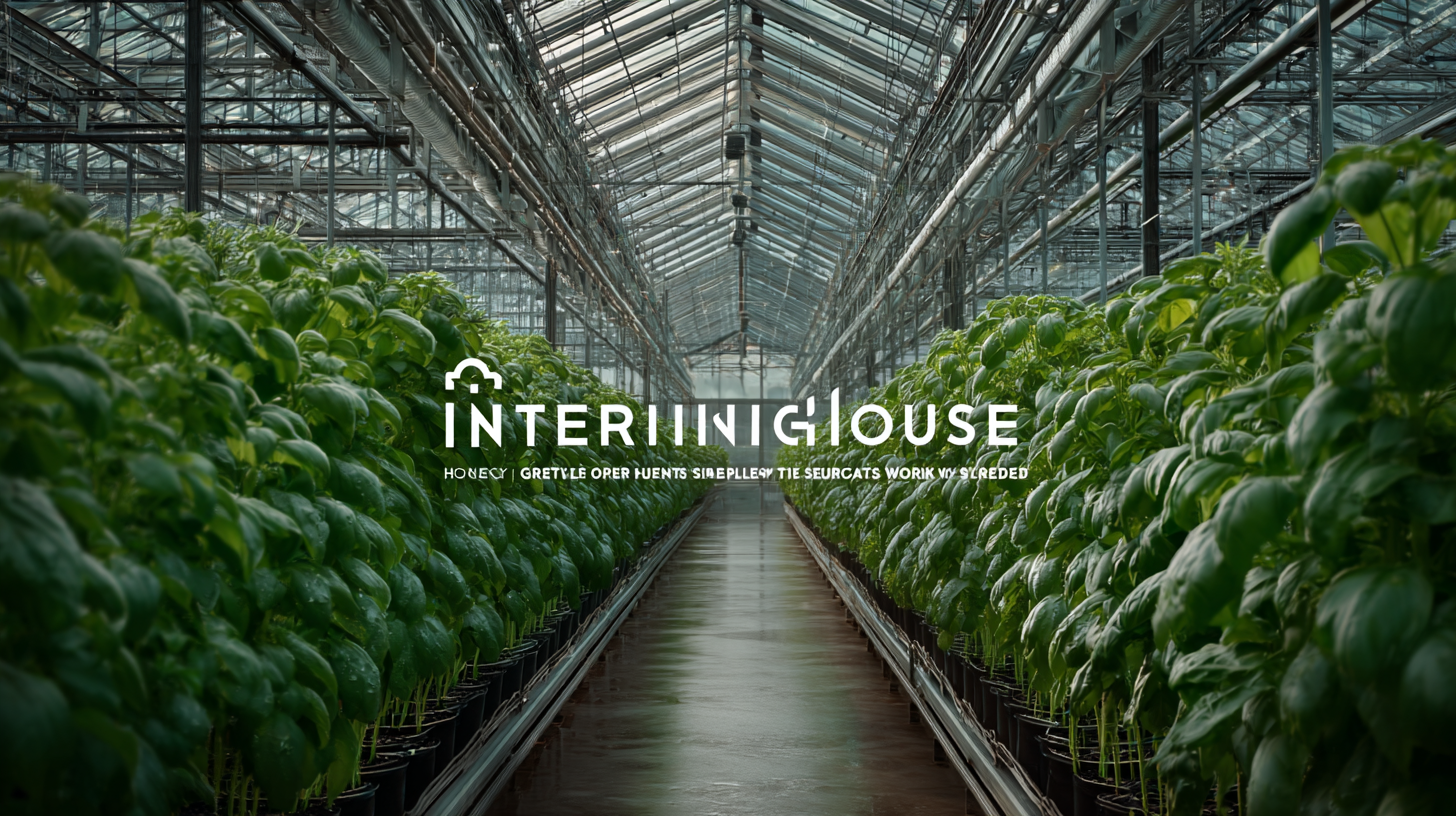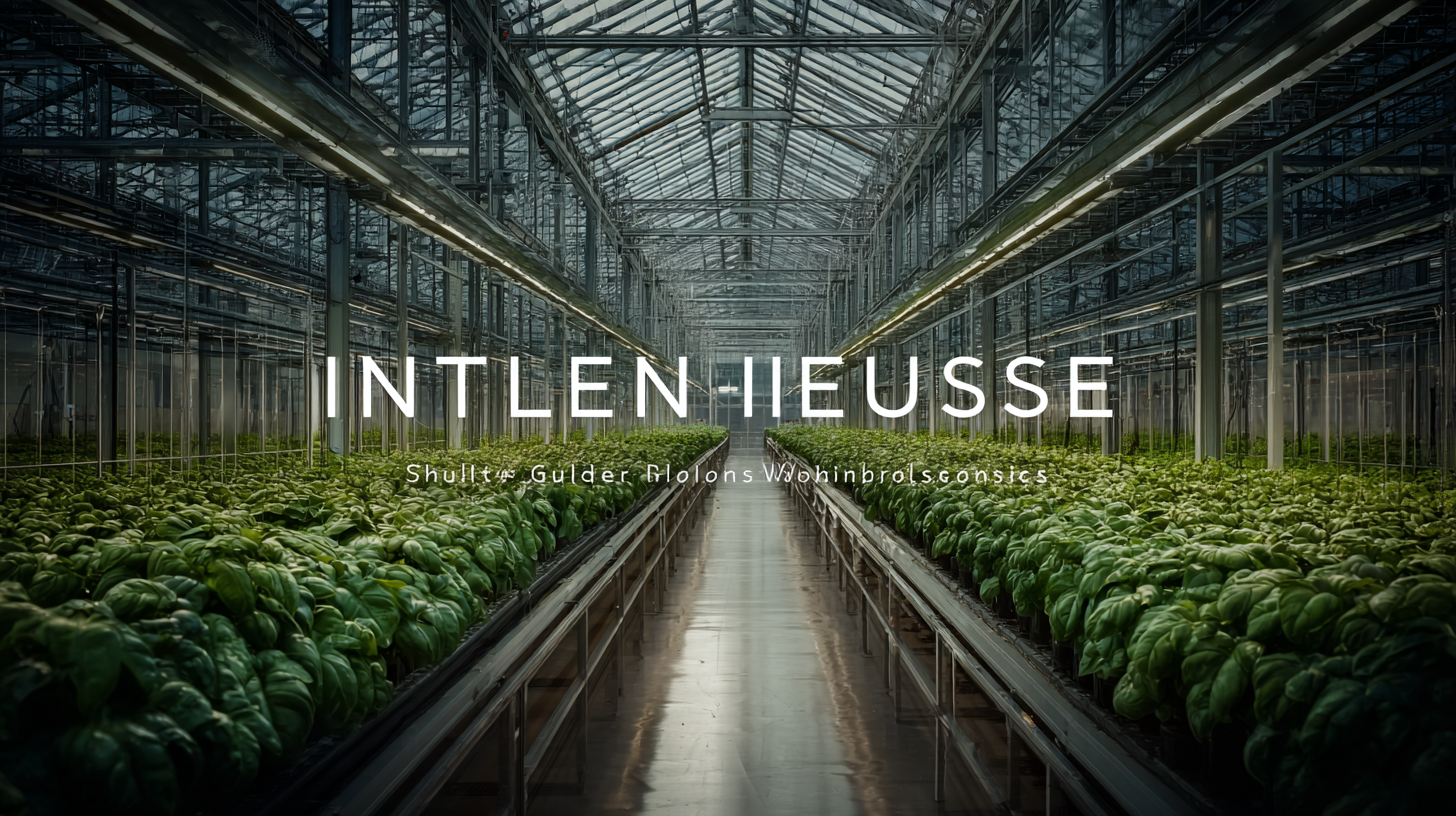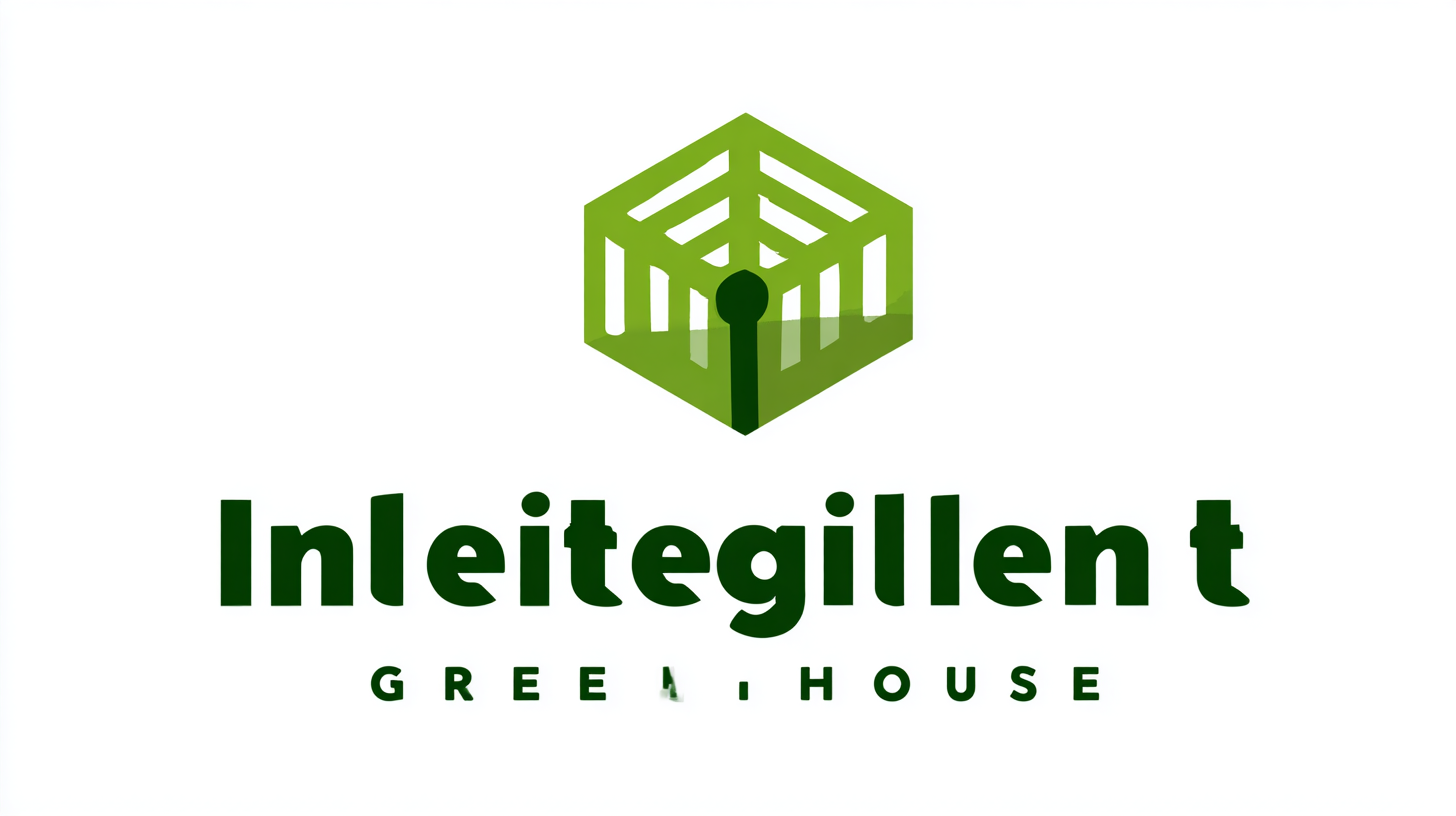
Finding Top Suppliers for the Best Intelligent Greenhouse Solutions Worldwide
As the world faces the dual challenges of climate change and increasing food demand, the agricultural sector is turning to innovative solutions to enhance productivity and sustainability. One such solution is the adoption of Intelligent Greenhouse technology, which integrates advanced automation, data analytics, and environmental controls to optimize plant growth and resource use. According to a report by MarketsandMarkets, the global intelligent greenhouse market is projected to grow from USD 1.2 billion in 2020 to USD 2.4 billion by 2025, at a CAGR of 15.1%. This rapid growth reflects the rising need for efficient farming practices as well as the increasing popularity of smart technologies in agriculture. In this blog, we will explore the top suppliers driving this market, providing insights into their offerings and how they contribute to the development of the best intelligent greenhouse solutions worldwide.

Identifying Key Features of Intelligent Greenhouse Solutions
In the rapidly evolving agricultural sector, intelligent greenhouse solutions are gaining traction, driven by the demand for efficient and sustainable food production. Key features of these solutions include climate control systems, automated irrigation, and precision farming technologies. According to a report by MarketsandMarkets, the smart greenhouse market is projected to grow from $1.7 billion in 2020 to $2.6 billion by 2025, reflecting a compound annual growth rate (CAGR) of 8.1%. This growth is largely attributed to innovations in monitoring technologies that enhance crop yield and resource management.
Another significant aspect of intelligent greenhouses is the integration of IoT (Internet of Things) devices. These devices allow real-time data collection and analytics, enabling farmers to make informed decisions based on environmental conditions such as temperature, humidity, and light levels. A study published in the Journal of Agricultural Engineering Research indicated that these systems can increase agricultural productivity by up to 25% while minimizing water and energy consumption by 30%. As the industry matures, focusing on suppliers that offer technologically advanced features will be essential for optimizing greenhouse performance and sustainability.
Finding Top Suppliers for the Best Intelligent Greenhouse Solutions Worldwide
| Supplier Location | Technology Type | Key Features | Customer Rating (1-5) | Price Range (USD) |
|---|---|---|---|---|
| USA | Automated Control Systems | Climate Control, Nutrient Management | 4.5 | $50,000 - $150,000 |
| Netherlands | Hydroponic Systems | Water Efficiency, Space Optimization | 4.7 | $30,000 - $100,000 |
| Germany | Smart Irrigation | Soil Moisture Sensors, Automated Scheduling | 4.6 | $20,000 - $75,000 |
| Japan | LED Lighting Systems | Energy Efficient, Growth Optimization | 4.8 | $15,000 - $60,000 |
| Israel | Climate Control Systems | Temperature Regulation, Humidity Control | 4.4 | $40,000 - $120,000 |
Evaluating Global Suppliers: Criteria for Selection
In today's rapidly evolving agricultural landscape, selecting the right suppliers for intelligent greenhouse solutions is crucial for achieving sustainability and efficiency. Evaluating global suppliers requires a multidimensional approach that incorporates economic, social, environmental, and institutional criteria. By assessing these dimensions, businesses can identify suppliers who not only offer innovative technology but also align with sustainability goals. For instance, examining a supplier's commitment to environmentally friendly practices and social responsibility can significantly influence long-term partnerships and operational success.

Additionally, the integration of advanced decision-making models, such as a fuzzy framework or a digital twin approach, can streamline the supplier selection process. These techniques provide businesses with deeper insights into potential risks and sustainability challenges within the supply chain. For example, employing data-driven algorithms like support vector regression helps alleviate the burdens on evaluation experts by enabling more objective and precise supplier assessments. This holistic supplier evaluation model ensures that companies in various sectors, including agriculture and manufacturing, can make informed decisions that support both economic viability and environmental stewardship.
Top Regions for Innovative Greenhouse Technologies
The pursuit of innovative greenhouse technologies is witnessing a rapid escalation in various regions around the globe. According to a report by MarketsandMarkets, the global smart greenhouse market is expected to grow from $1.30 billion in 2020 to $2.77 billion by 2025, at a compound annual growth rate (CAGR) of 16.6%. This growth is driven by advancements in IoT, automation, and data analytics, and regions like North America and Europe are spearheading this transformation due to their technological infrastructure and the increasing demand for sustainable agricultural practices.
Asia-Pacific is also emerging as a crucial player in greenhouse innovations. With countries like China and Japan investing heavily in advanced farming technologies, the region holds significant potential. A study by Grand View Research highlights that Asia-Pacific’s share of the global smart greenhouse market could reach $800 million by 2025, fueled by urbanization and a need to enhance food security. This trend is further supported by government initiatives encouraging the adoption of smart agriculture, making it an exciting area for suppliers of intelligent greenhouse solutions to explore and invest in.
Top Regions for Innovative Greenhouse Technologies
Assessing Cost-Effectiveness of Intelligent Greenhouse Systems
In the pursuit of establishing an intelligent greenhouse, assessing cost-effectiveness becomes a critical factor. Intelligent greenhouse systems offer innovative technologies that can enhance crop yield and sustainability, but their upfront investment may raise concerns. To ensure long-term benefits, it is essential to conduct a thorough cost-benefit analysis that considers not only initial expenses but also prospective savings on resources like water and energy.
**Tip:** When evaluating suppliers, request detailed ROI projections based on different scenarios. This will provide insights into how adjusting technology can impact overall costs and returns.
Another aspect to explore is the scalability of intelligent greenhouse solutions. Investing in a system that can grow alongside your operations can mitigate future costs associated with upgrades or expansions. Understanding the flexibility of a supplier's offering is key to ensuring that your investment remains relevant as market demands evolve.
**Tip:** Consider engaging with suppliers that provide modular solutions, allowing you to start small and expand functionalities as needed without incurring significant additional costs upfront.

Building Partnerships: Networking with Leading Greenhouse Suppliers
In today’s rapidly evolving agricultural landscape, networking with leading greenhouse suppliers is essential for accessing innovative intelligent greenhouse solutions. Building partnerships with these suppliers not only enhances your understanding of advanced technologies but also opens doors to potential collaborations and shared expertise. Actively participating in industry events, trade shows, and seminars can streamline the process of finding the right partners.
Tip: Attend local and international trade exhibitions that focus on greenhouse technology. These events provide an excellent platform to meet suppliers face-to-face, discuss their products, and assess how their solutions align with your greenhouse goals.
Additionally, leveraging online platforms such as industry forums and social media groups can facilitate connections with key suppliers. Engaging with professionals in these communities allows for the exchange of ideas and experiences, helping you identify which suppliers have a reputation for quality and innovation.
Tip: Create a strong online presence showcasing your greenhouse projects and goals. This can attract potential suppliers and establish you as a serious player in the industry, making collaborations more likely.
